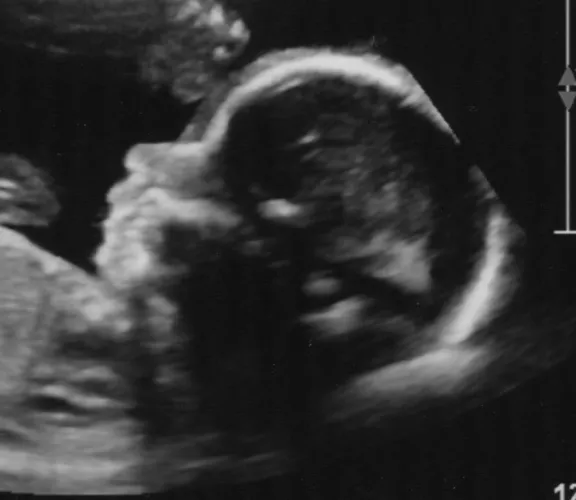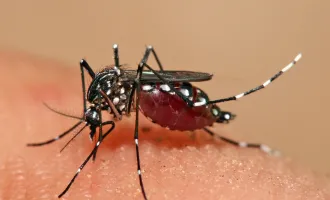
Medical Students Organize Ultrasound Techniques Conference
On Friday, April 24, Point-of-Care UltraSound (POCUS), invites all UCSF students and faculty to attend a student-led Ultrasound Conference and Exposition in the Millberry Union Conference Center. Medical students will man interactive stations at which participants – even ultrasound novices - can expect to learn commonly used scans and their clinical applications. This exposition, the culmination of a year-long effort, promises to be one of the semester’s most exciting events.
In the spring of 2014, Walid Hamud and Stephen Brown, medical students in the 2017 graduating class, were dismayed to learn that that the UCSF School of Medicine curriculum lacked formal ultrasound instruction. “The expectation was that we would learn it during our clinic rotations or perhaps during our residency,” recalls Hamud, soft-spoken and with an easy smile. He, along with Brown, was part of a growing contingent of the school’s community that wanted to change that. In regards to its clinical usefulness, “ultrasound is the stethoscope of the future,” explains Brown. “We wanted to put UCSF on the map in terms of ultrasound medical education.”
Motivated by this conviction and fed by the enthusiastic support of Anatomy Professor Dr. Peter O’Hara, Brown and Hamud set out to create an ultrasound curriculum. They recruited several classmates and set to work. “We began from scratch teaching ourselves ultrasound with two machines in the anatomy lab. We had the internet and a handful of determined second year medical students (MS2’s),” Hamud remembers. By mid-summer, the group had enlisted the expertise of Dr. Nathan Tiesmann, Director of Emergency Ultrasound and EM Ultrasound Fellowship Director, as well as Dr. Emma Webb, a radiologist and educator.
With the support of faculty mentors, the student group authored an iBook of common scans and prepared a comprehensive syllabus that could be taught to ultrasound neophytes. “The best thing about ultrasound,” says Brown, “is that it requires no prior experience to start learning.” In September, this declaration was put to the test when the second-year ultrasound crusaders selected sixteen students from the entering class to learn seven high-yield scans.
The ultrasound curriculum was judged to be a wholehearted success. “The group of MS2’s did a tremendous job,” gushes Tiesmann, “both in terms of the basic logistics of creating an elective from scratch as well as passing on their knowledge and enthusiasm to the first year students (MS1) who participated.” Indeed, the elective included instruction in technique, as well as complex clinical cases – with standardized patients portrayed by student coordinators - timed to match the first year curriculum. Although the elective had no funding, and nearly all instruction was student led, the participants of the ultrasound elective overwhelmingly report that the elective has enhanced their pre-clinical education.
Anelah McGinness, one such MS1, remarks, “There is no better way to apply what I learned about GI and liver anatomy than by looking for the bile duct, the portal and hepatic veins in a real, live patient.” Another elective participant, Libby Burch, enthusiastically describes using her newly acquired ultrasound skills during her preceptorship among interns and even residents that were learning the scan for the first time.
After the elective celebrated its final scans in February, the first year course participants emerged as the next generation of ultrasound pioneers. Burch, McGinness, and several of their peers quickly registered as an official student group, referred to as POCUS, and acquired funding for the highly anticipated Ultrasound Skills Exposition. The upcoming exposition will be an opportunity for course participants to demonstrate various scans to their peers and to showcase the ways that ultrasound could be integrated into the curriculum.
The conference comes in the midst of a long-anticipated curriculum overhaul, and both students and faculty hope that the new curriculum somehow incorporates the groundwork laid by POCUS. “I believe ultrasound is a crucial component of any physical exam skills curriculum and would love to see it better incorporated into our future curriculae,” opines FPC Course Co-Director, Dr. Heather Whelan. Whelan, who is not affiliated with POCUS, plans to attend the exposition, along with FPC heavyweights Joshua Stein and Jenny Crawford. Several deans also are rumored to be expected to attend.
If you want to attend – any interested students and faculty are invited to join on Friday April 24 from 3-6 pm in the Milberry Union Conference Center.



